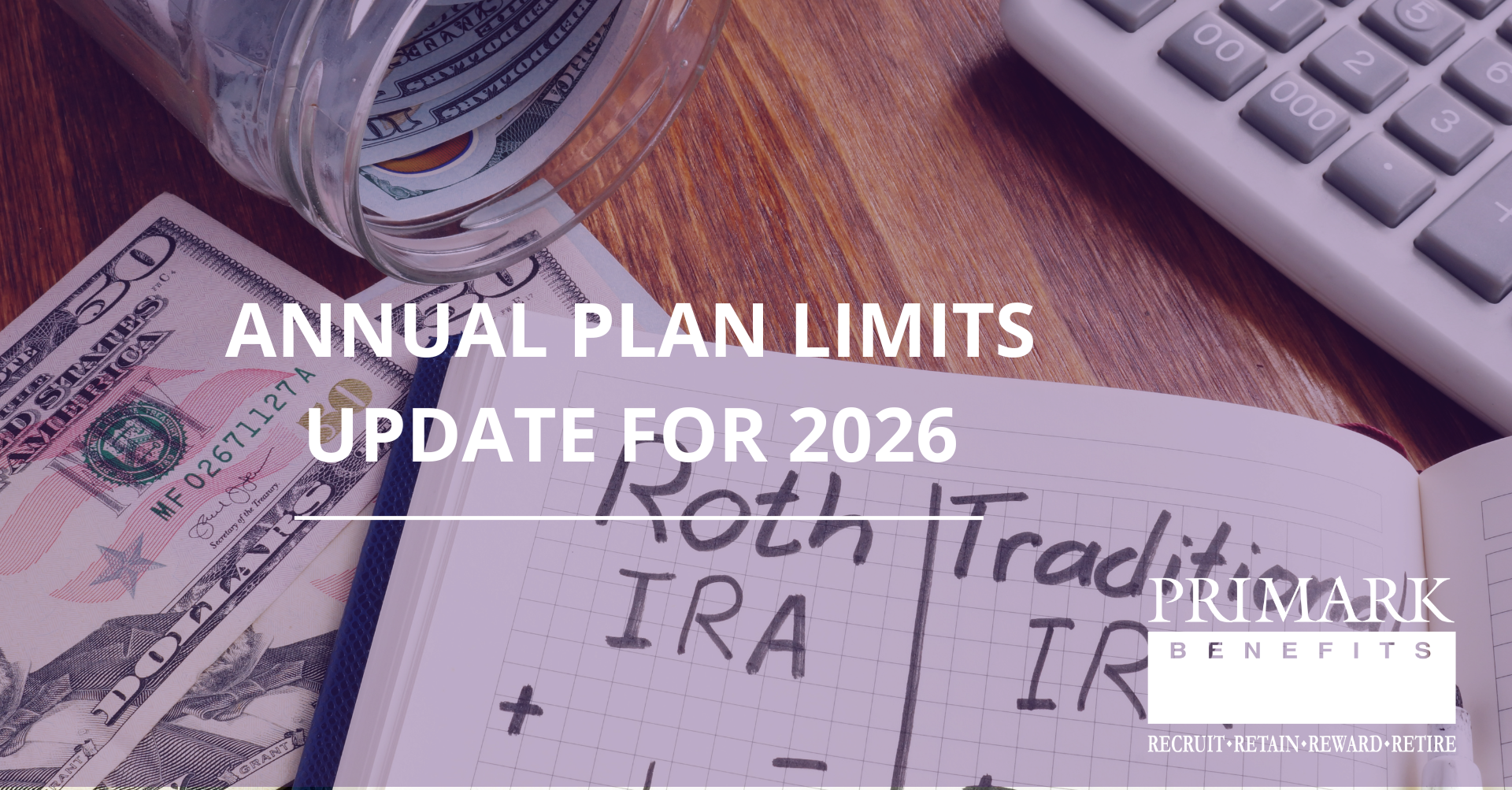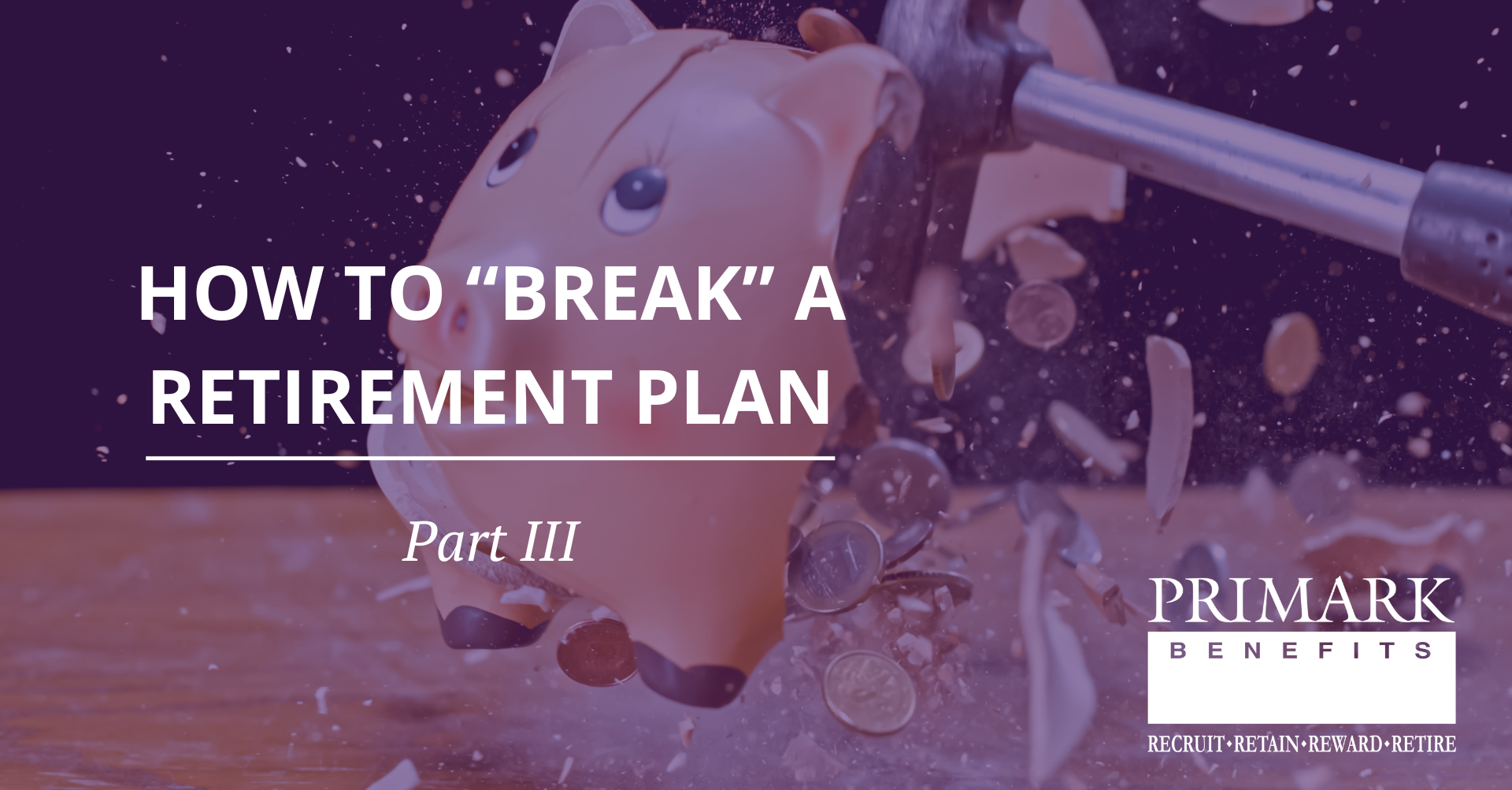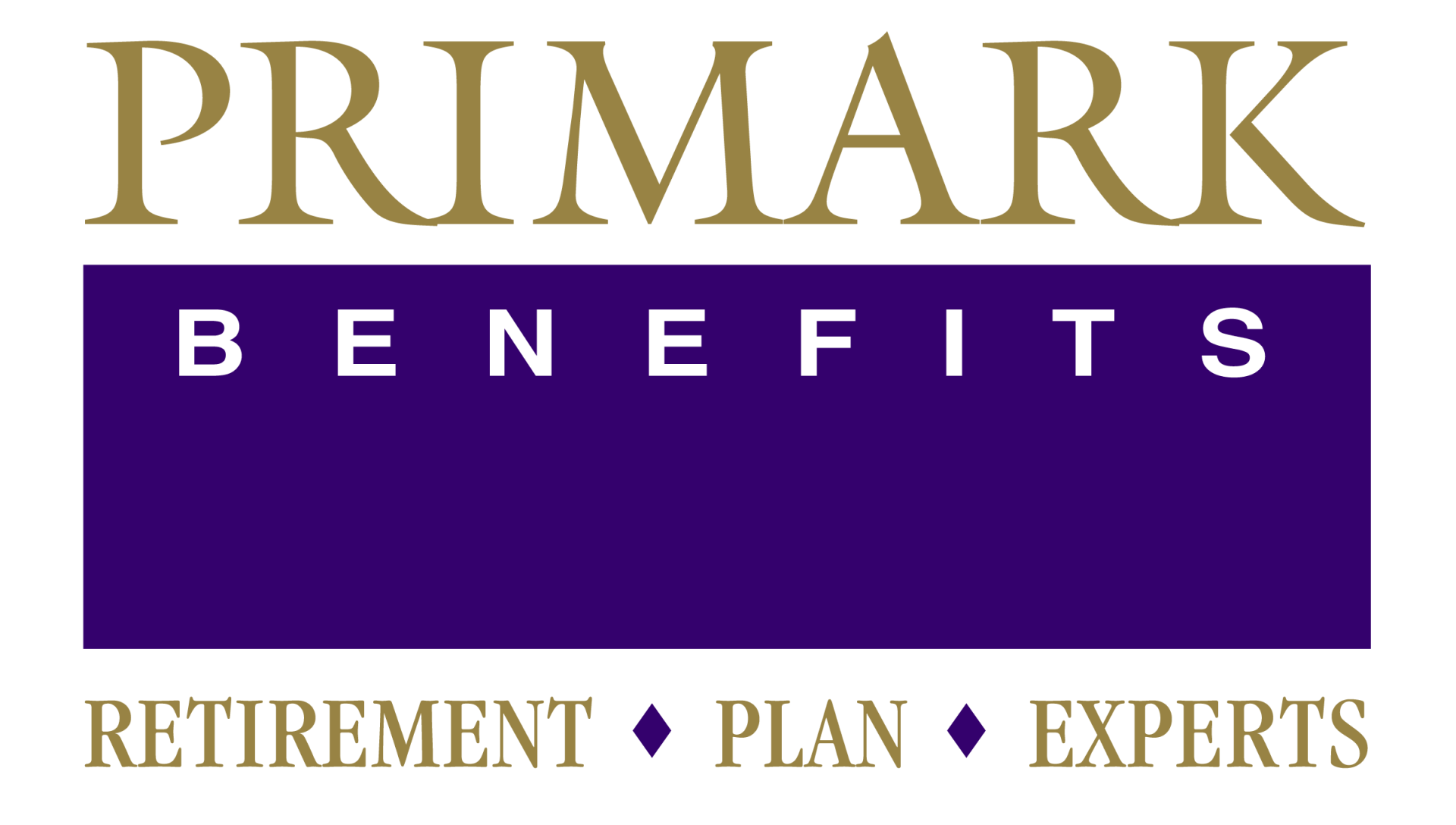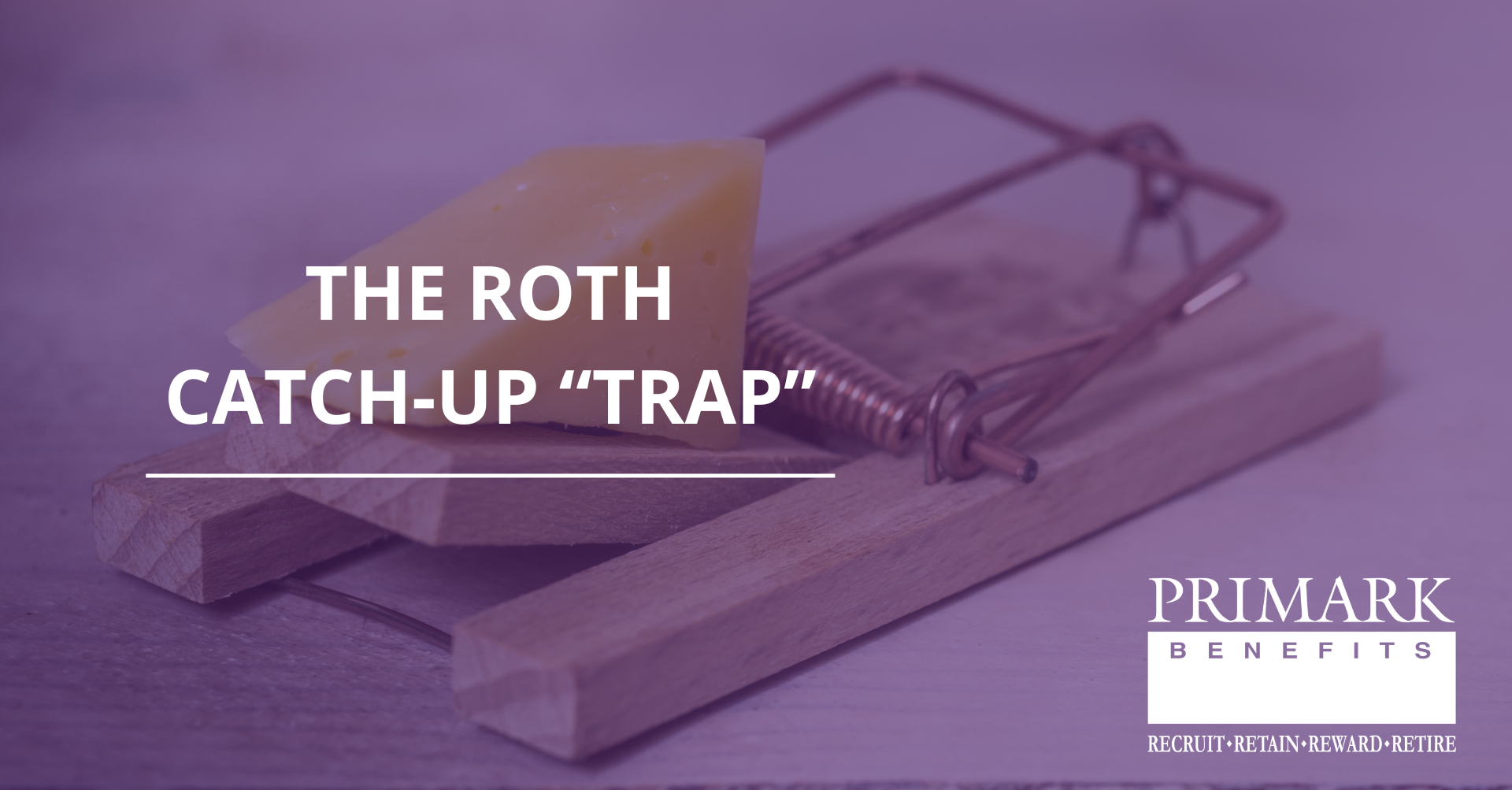Retirement Plan Myth-Busting, Part II
Navigating the numerous retirement plans offered in the marketplace can be confusing, even before considering the many myths surrounding the topic. In our work with clients, we hear about these misconceptions that often steer employers in the wrong direction.
In this second installment of an ongoing “myth-buster” blog series, we address three more of the most common retirement plan myths that we hear. For our first installment, click here.

Myth: “Employees don’t value retirement plans.”
Reality: Not only do employees value them—they often expect them.
Retirement plans have been shown to be a top factor for potential employees when evaluating a job offer. A strong retirement plan can be a powerful tool for employers, helping to attract and retain top talent in a competitive job market.
In addition to supporting recruitment and retention, offering a retirement plan can boost overall employee satisfaction and productivity. Workers who feel secure about their financial futures are often more focused, engaged, and loyal. For many, a well-structured retirement plan is not just a workplace benefit—it’s a critical part of building long-term financial security.
Workplace retirement plans remain the primary source of personal savings for most Americans. Employees often begin to truly appreciate their plans as their account balances grow—and some even become retirement millionaires with consistent saving.
Myth: “I don’t want to have to cover all my employees.”
Reality: Plan design is far more flexible than many people realize. Not every employee needs to be included in a plan from day one, and employee participation can be (and, we believe, should be) structured to align with business goals.
For example, some plans allow for eligibility waiting periods. SEP IRAs can delay inclusion until the fourth year of service. 401(k)s can be designed with eligibility rules based on age and / or length of service — such as requiring employees to be 21 years old and have one full year of service before participating.
Coverage can also be customized based on location, job role, or business unit (provided the plan complies with nondiscrimination regulations). This means you can limit participation to specific employee groups and still maintain a compliant and effective plan.
With the right design, a retirement plan can be both inclusive and strategic, tailored to support your company's structure and goals maximizing benefits for business owners and key employees while also meeting regulatory requirements. For instance, we've helped companies craft plans in which up to 85% of contributions go to leadership, with the remainder allocated in a way that supports broader staff participation and passes all IRS compliance tests.
Myth: “I don’t want to be forced to make contributions.”
Reality: Many retirement plans allow you to offer benefits to your employees without committing to employer contributions.
For example, a Starter 401(k) plan - a simplified 401(k) option introduced for small businesses - requires no employer contributions and is exempt from annual nondiscrimination testing, making it an attractive, low-maintenance solution. Similarly, state-mandated IRA programs, now active in many states, typically require employers to only facilitate payroll deductions for employee contributions; no employer dollars need be involved.
If you do choose to contribute, you can control how much and when. Many traditional 401(k) and profit-sharing plans offer discretionary match or profit-sharing options, meaning you can decide each year based on your company’s performance - whether to contribute and how much. Plus, any contributions you make are generally tax-deductible for the business and can even qualify for tax credits under certain conditions (such as the SECURE Act startup credit for small businesses).
Your chosen Third-Party Administrator (TPA) partner should be knowledgeable enough to design a plan that matches your financial comfort level. Whether that means starting with zero employer contributions or using strategic contributions to reward key staff and optimize tax outcomes, the key is flexibility and control.
Conclusion
Though it can be easy to be misled by myths and misconceptions about retirement plans, as a business owner, it’s important to seek out the right expertise to create a retirement plan that works for you and your employees. A good TPA partner should be able to guide you through the process with the right tools and knowledge to help you make informed decisions.
If you’re ready to break free from myths and find the best retirement plan solution for your business, our team of experts will be waiting.




